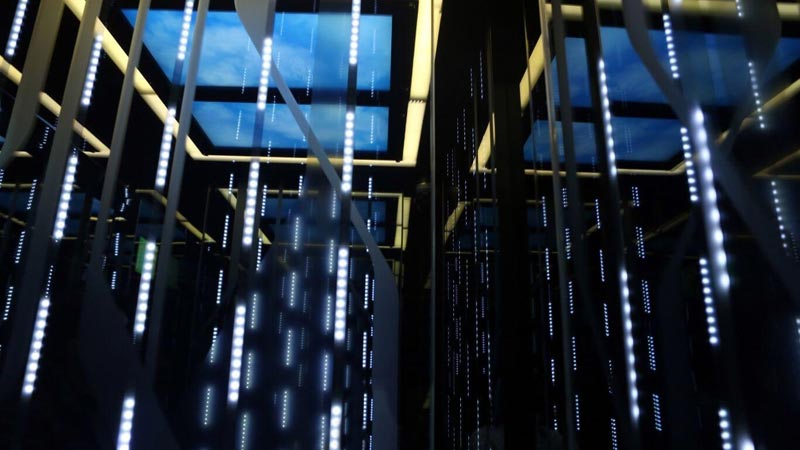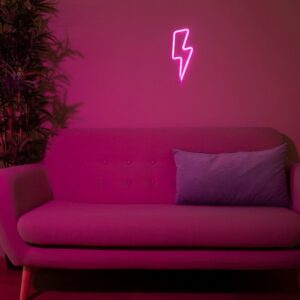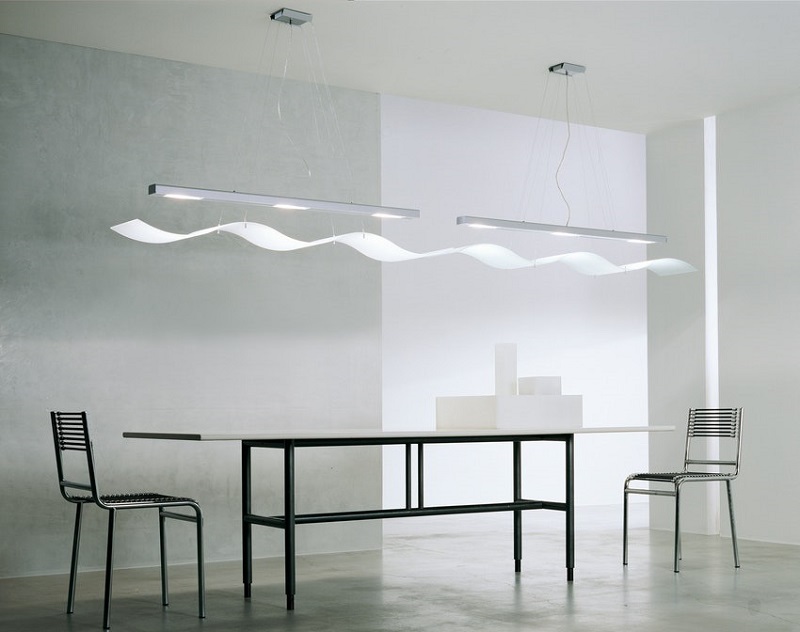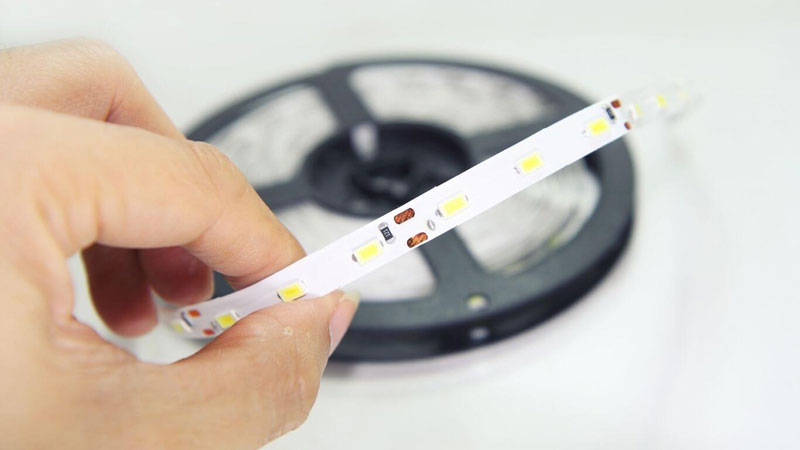There are many debates on whether or not LED light is good for indoor lighting. Some people say that because LED light is directional, it can be harsh and bright for indoor use.
Others say that LED light is more durable than other types of lights and lasts longer. In this article, we will explore the pros and cons of using LED light for indoor purposes.
Before this you should have a clear idea about the common problems with LED lighting
Let’s dive into the topic.
The benefits of LED technology for indoor lighting
LED light bulbs offer several advantages over traditional incandescent light bulbs. Some of the key benefits of LED technology include:
- Lower energy consumption – LED lights are extremely efficient in terms of energy consumption. A recent study has shown that LED lights consume 50% to 70% less energy as compared to traditional incandescent bulbs. This is because LED lights generate very little heat and thus do not require a lot of energy to function.
- Longer lifespan – The LED light bulbs have a longer lifespan as compared to traditional incandescent light bulbs. This is because the LED lights emit very little heat, thereby reducing the wear and tear on the components of the bulb. In addition, since there is no filament in an LED light bulb, it is less likely to break or burn out.
This longer lifespan means that you will not have to replace your LED light bulbs as often as you would have to replace traditional incandescent light bulbs. Over time, this can add up to significant savings, both in terms of money and energy.
- Reduced environmental impact – LEDs have a very low environmental impact. They contain no toxins, and they consume very little energy. LEDs also produce very little heat, so they are ideal for use in environmentally-sensitive applications. For example, LED lighting can be used in place of traditional light bulbs to reduce the amount of energy used and the amount of heat produced. LED lighting is also non-fluorescent, so it does not contain mercury, which is harmful to the environment. In fact, LEDs are so environmentally friendly that they are often used in green applications such as traffic lights and signage.
- Durability – LED lights are known for their durability. They can last up to 50,000 hours, which is significantly longer than other light bulbs. This makes them a great choice for areas that need lighting but experience high traffic or are in use often. LED lights are also less likely to break, so they are a good option if you have children or pets in your home. Additionally, because they don’t contain mercury, they are a more environmentally friendly option than traditional light bulbs.
Cons of using LED light:
- They can be quite expensive to purchase and install.
- LED lights are often not as bright as traditional light bulbs, which can be a downside if you are looking for a lot of illumination.
- They can also be difficult to find in certain shapes and sizes, so it is important to do your research before purchasing.
- LED lights tend to produce a lot of heat, so it is important to make sure you have a good ventilation system in place if you are going to be using them in an enclosed space.
- Some people find that the light from LED bulbs is too harsh and not very natural-looking.
- LED lights tend to last a long time, but they can also be more difficult to repair if they break or need to be replaced.
- They can be quite environmentally friendly, but only if they are manufactured and disposed of properly.
- Some people find that the light from LED bulbs is too harsh and not very natural-looking.
- LED lights are often more expensive to purchase and install than traditional light bulbs.
- They can be difficult to find in certain shapes and sizes, so it is important to do your research before purchasing.
How to choose the right LED light bulbs for your home
When choosing LED light bulbs for your home, it’s important to consider the following factors:
- The type of fixture the bulb will be used in – Not all LED light bulbs are compatible with all fixtures. Make sure you choose a bulb that is compatible with the type of fixture you are using.
- The wattage of the bulb – Most LED light bulbs come in a variety of wattages. Choose a bulb with the wattage that is most appropriate for the fixture it will be used in.
- The color temperature of the bulb – Different rooms in your home require different colors of light. Choose a bulb with a color temperature that is appropriate for the room you will be using it in.
The different types of LED light bulbs available on the market today
There are a number of different types of LED light bulbs available on the market today, including:
- Standard LED light bulbs – These are the most common type of LED light bulbs. They are compatible with most fixtures and come in a variety of wattages and colors.
- BR30 LED floodlights – These bulbs are designed for use in recessed lights and provide a wide beam of light. They come in a variety of colors and wattages.
- PAR20 LED spotlights – These bulbs are designed for use in track lights and spotlight fixtures. They come in a variety of colors and wattages.
- A19 LED light bulbs – These are the most common type of LED light bulb. They are compatible with most fixtures and come in a variety of wattages and colors.
How to install LED light bulbs in your home
LED light bulbs are very easy to install. Simply remove the old light bulb and replace it with the new LED bulb. Most LED light bulbs use the standard Edison screw base, so they should fit most fixtures. If you are not sure how to install an LED light bulb, consult the instructions that came with the bulb.
The cost savings you can expect from using LED light bulbs
LED light bulbs offer a number of advantages over traditional incandescent light bulbs, including lower energy consumption, longer lifespan, and reduced environmental impact. In addition, LED light bulbs are also more expensive to purchase than traditional incandescent light bulbs. However, the cost of using LED light bulbs is offset by the savings you can achieve on your energy bills. Over the lifetime of an LED light bulb, you can expect to save up to $100 on your energy bills. This makes LED light bulbs a cost-effective way to improve the quality of your indoor lighting.
Conclusion:
In conclusion, LED technology offers a number of advantages over traditional incandescent light bulbs. LED light bulbs consume less energy, last longer, and produce less heat. They are also more expensive to purchase initially, but the cost savings you can achieve on your energy bills over the lifetime of the bulb make them a cost-effective way to improve the quality of your indoor lighting.
On the other hand, some people argue that LED lights can be quite harsh and bright for indoor use. If you are looking for a softer, more relaxing light source, LED may not be the best option. Additionally, LED lights are typically more expensive than other types of bulbs.
If you are looking for a way to improve the quality of your indoor lighting, consider using LED light bulbs. LED light bulbs offer a number of advantages over traditional incandescent light bulbs, including lower energy consumption, longer lifespan, and reduced environmental impact. In addition, LED light bulbs are also more expensive to purchase than traditional incandescent light bulbs. However, the cost savings you can achieve on your energy bills over the lifetime of the bulb make them a cost-effective way to improve the quality of your indoor lighting.




